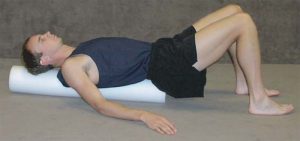At SMI, we are constantly striving to make our treatments more effective and more efficient. We have a set of guiding principles that help direct how we approach a particular problem, but we also realize that every client and every problem is unique. Sometimes we need to make changes such as modifying the frequency of appointments, altering the depth of the pressure we use, changing the technique or adjusting a clients’ home routine. We may even recommend working with a different therapist at SMI as all of our therapists have developed their own strengths and specialties.
We continue to improve our treatment approach by regularly reviewing research that is being published in the areas of fitness, rehabilitation, and musculoskeletal injuries. Combining our own experiences as therapists with information provided by peer-reviewed research, we have come up with a solid foundation of guiding principles.
Below, you will find a synopsis of several articles we recently discussed in our SMI staff meetings. We hope you enjoy them. If you have any questions or concerns, please don’t hesitate to contact us!
~ The SMI Team
SMI in San Francisco!
Just a reminder that SMI therapist, Eva Popper, is now working in San Francisco every Wednesday in addition to a few Sundays per month. She is located in the Alamo Square district at: 425 Divisadero Street Suite 209. You can schedule by calling the Palo Alto office at 650-322-2809.




